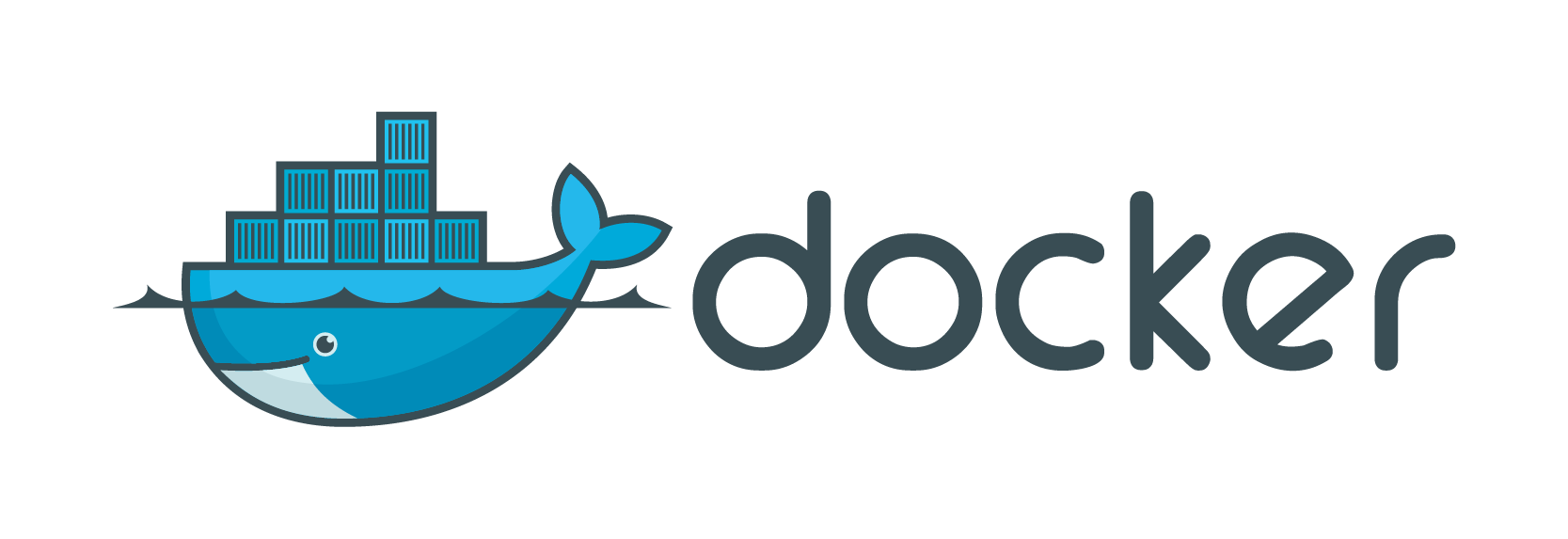I’ve recently started working on a PHP/Laravel project.
PHP isn’t new to me. Many years ago, I wrote a very simple online catalog and shopping cart, from scratch, for a friend who had his own business as a rare book dealer. He used it with much success for several years. I’d also done a bit of hacking on some Drupal plugins.
Coming back to PHP now, I’m finding myself in a world MUCH different than the one I’d left.
First off, let’s admit that PHP comes with a lot of baggage. For a long time, “real” programmers shunned PHP because it was born as a language cobbled together to do simple web development but not much more. Its ease of use, combined with the fact that it was easy to deploy on commodity web hosting, meant you could find PHP talent for relatively cheap to build your applications. The stereotype was that PHP developers relied on a lot of patchy copy-and-paste solutions to build shoddy and insecure websites.
A LOT has happened since then. Here’s what I’ve encountered so far, diving back into PHP:
Object-orientation: PHP has had objects for a long time, but more recent features like namespaces, traits, and class autoloading have made newer PHP projects very strongly object-oriented. You can even find books on design patterns for PHP.
To me, this is the single most important positive change to the PHP world. The culture has changed from an ad hoc procedural mindset to more sophisticated thinking about coding for large-scale architectures.
Frameworks: Several major MVC frameworks exist, many of them drawing inspiration from Rails.
Performance: As of 5.5, PHP has a built-in opcode cache, making it much more performant. An alternative to core PHP is the HHVM project, backed by Facebook, which is a high-performance PHP implementation. HHVM has had a “rising tide” effect: the forthcoming PHP7 is supposed to be as fast as HHVM. So whatever you use, you can expect good performance at scale.
Tooling: There is sophisticated tooling like composer and a vibrant ecosystem of packages. While you can still deploy PHP applications the old way, using Apache and mod_php, there is a mature FastCGI Process Manager (PHP-FPM) engine that isolates PHP processes from the web server. PHP-FPM allows Apache/nginx/whatever web server to handle static content while a pool of processes handles PHP requests. This results in much more efficient memory usage and better performance.
Success: Many respectable, high-profile products have been built using PHP: WordPress, Drupal, and Facebook, just to name a few.
But all this is just to state a bunch of known facts. To me, the biggest suprise has been in the EXPERIENCE of beginning to write code again in PHP and using Laravel: what does that FEEL like?
In a word, it feels like Java, minus the strong typing. This is an entirely good thing in my opinion, despite criticisms that PHP technologies have become too complex and overdesigned.
The biggest paradigm difference between PHP and other popular web application back-ends is that nothing remains loaded in memory between requests. It’s true that opcode caching means PHP doesn’t have to re-compile PHP source code files to opcodes every time, which speeds things up greatly, but the opcodes still need to be executed for each request, from bootstrapping the application to finishing the HTTP response. In practice, this doesn’t actually matter, but it’s such a significant under-the-hood difference from, say, Django and Rails, that I find myself thinking about it from time to time.
It’s reassuring that when I scour the interwebs researching something PHP-related, I’m finding a lot of informed technical discussions and smart people who have come to PHP from other languages and backgrounds. It bodes well for the strengths and the future of the technology.
